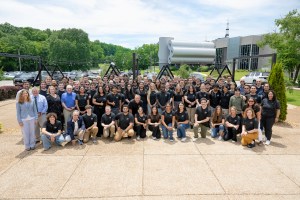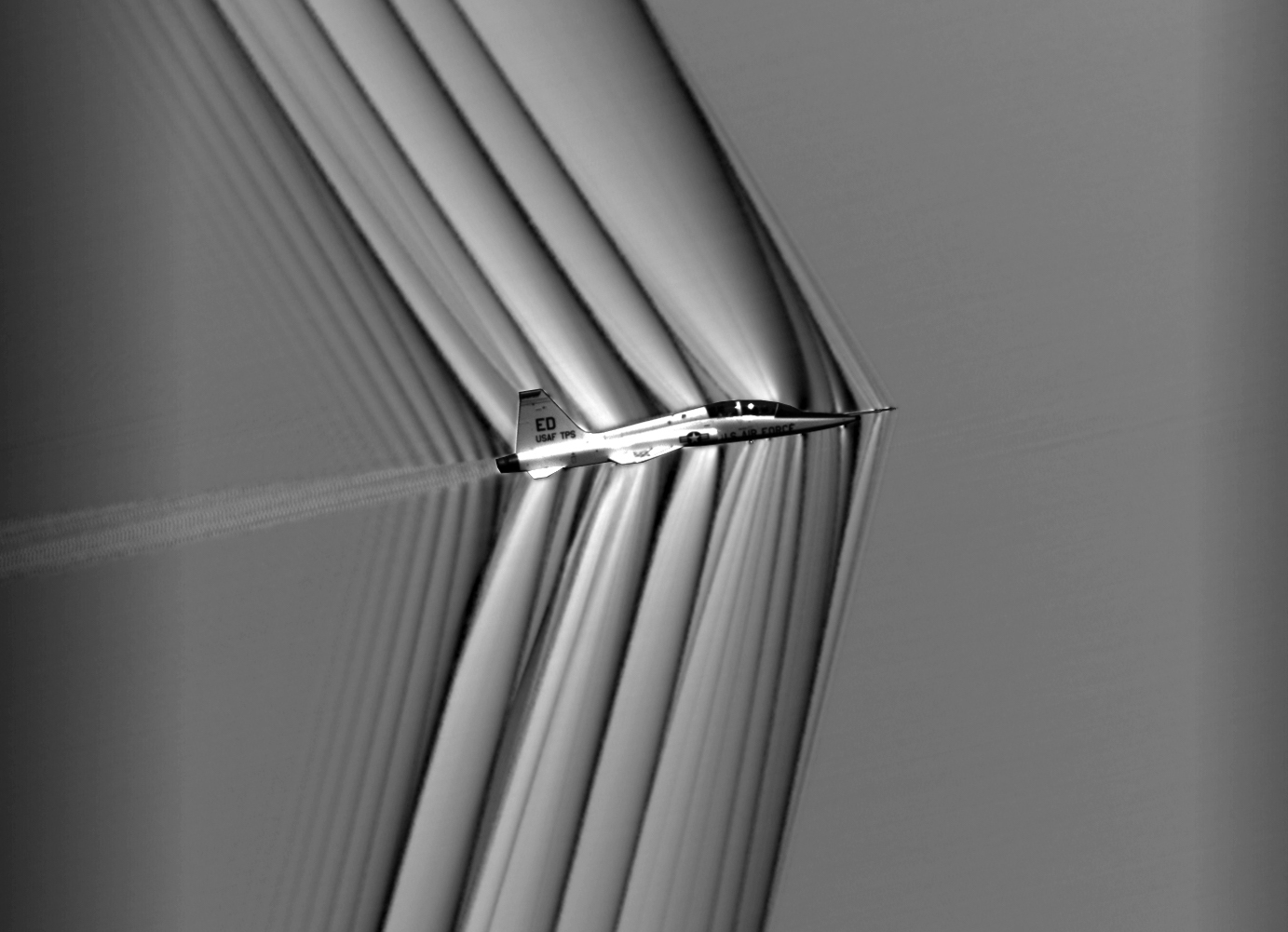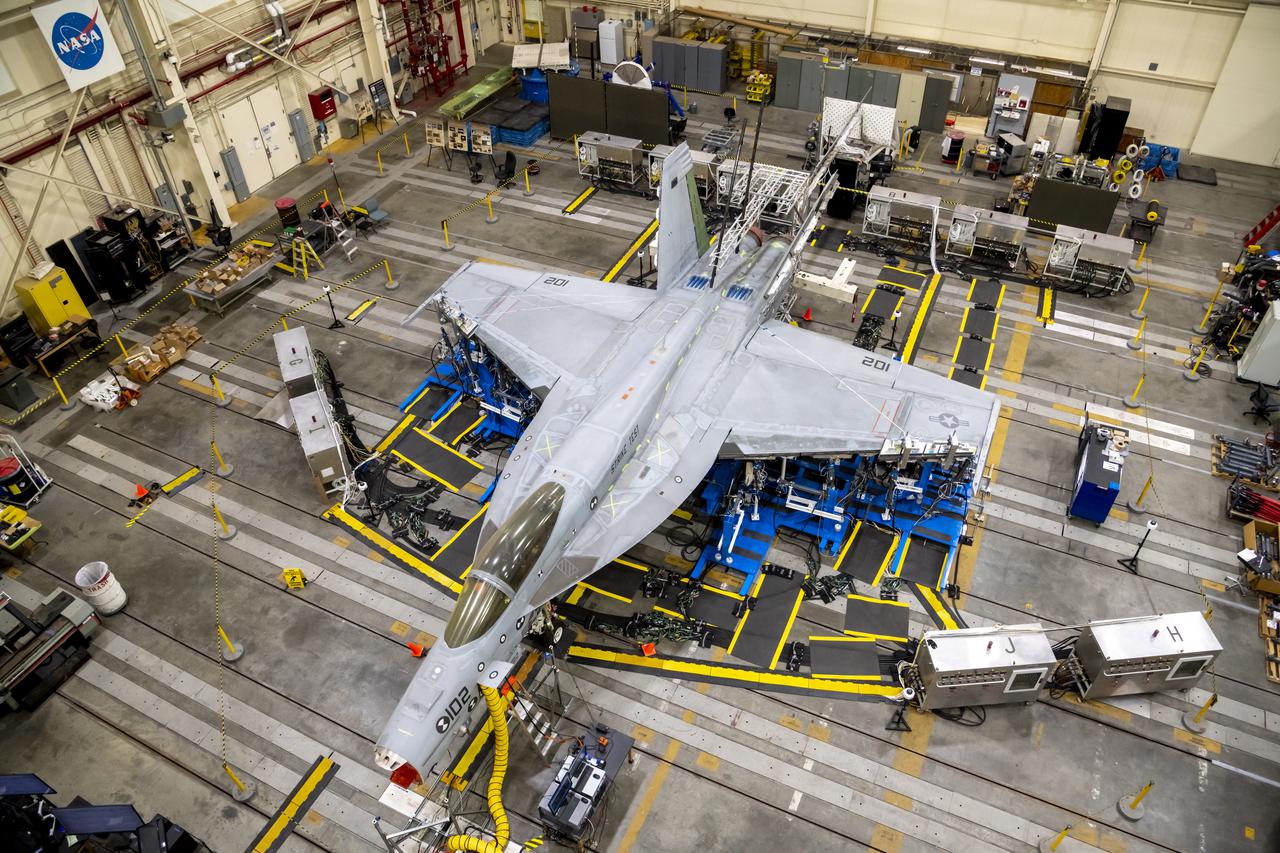
NASA’s Armstrong Flight Research Center’s Flight Loads Laboratory in Edwards, California, is working on its most complex loads calibration tests on an F/A-18E Super Hornet.
The aircraft is from the Naval Air Systems Command (NAVAIR) in Patuxent River, Maryland. NAVAIR retired its previous loads test aircraft and NASA Armstrong staff are assisting to prepare the new aircraft for its role to help safely manage in flight maneuvers and determine how the F/A-18E fleet will perform if proposed upgrades are incorporated.
Larry Hudson, NASA Armstrong Flight Load Laboratory chief test engineer, explained a few elements of the work.
“The number of load control channels used at one time is nearly 40% more than the next largest test ever performed in the lab,” Hudson said. “Testing involves loading three areas of the aircraft: wings, vertical tails, and horizontal tails. We typically have done loads calibration tests on wings.”
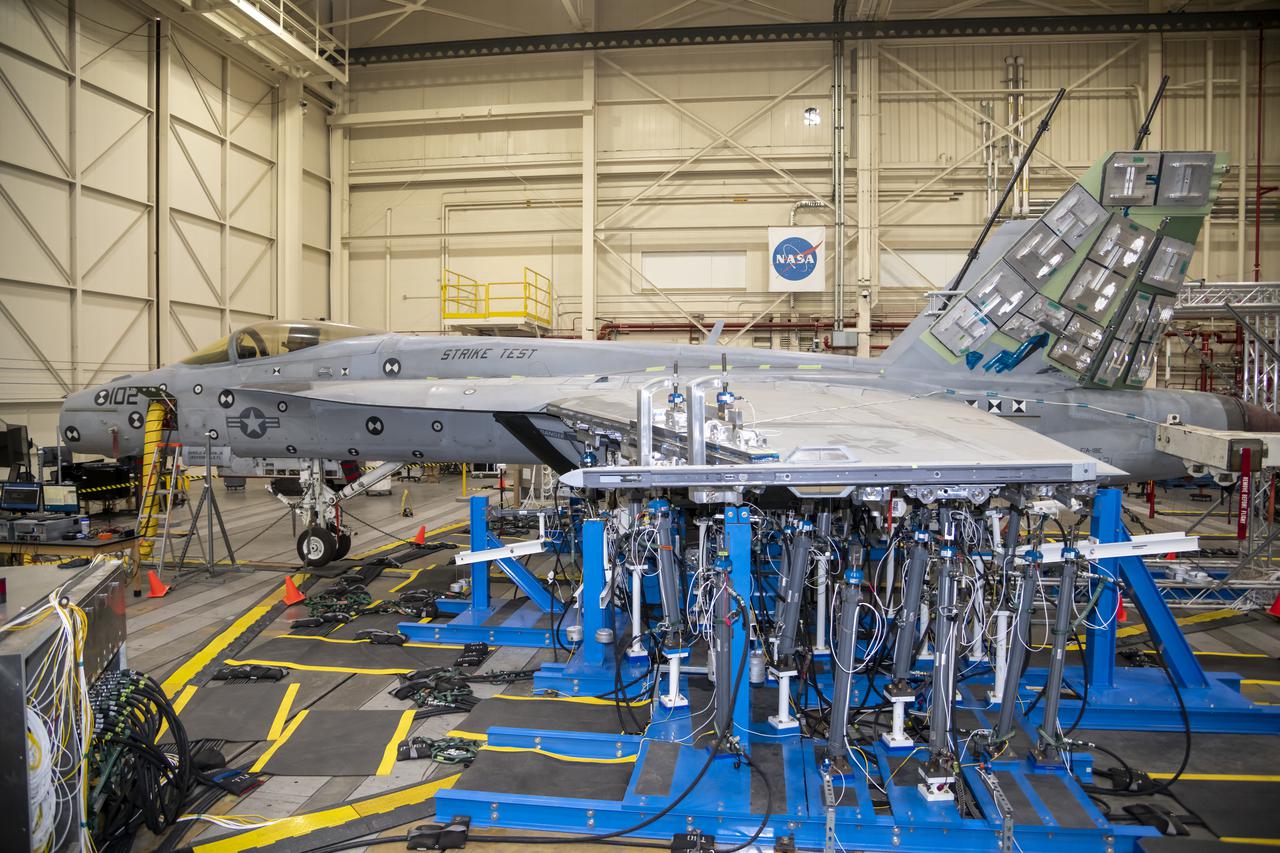
Testing on the horizontal tails wrapped up in October. The second phase began in December 2021 on the wings and is set to continue through March. A third phase is estimated to start in May to test the aircraft’s two vertical tails.
Testing includes the operation of 84 hydraulic actuators during the performance of 87 load cases, said Kim Tucker, NASA Armstrong F/A-18E test project manager.
That includes the simultaneous operation of 56 actuators during the loading tests on the wings to determine the structure’s response.
“For each test case, hydraulic actuators will push and/or pull on the aircraft surface to put it into tension or compression with a known amount of force,” Tucker said. “Strain gages installed on the aircraft will measure the response.”
The amount of load applied to the aircraft starts low and then increases with subsequent test cases.
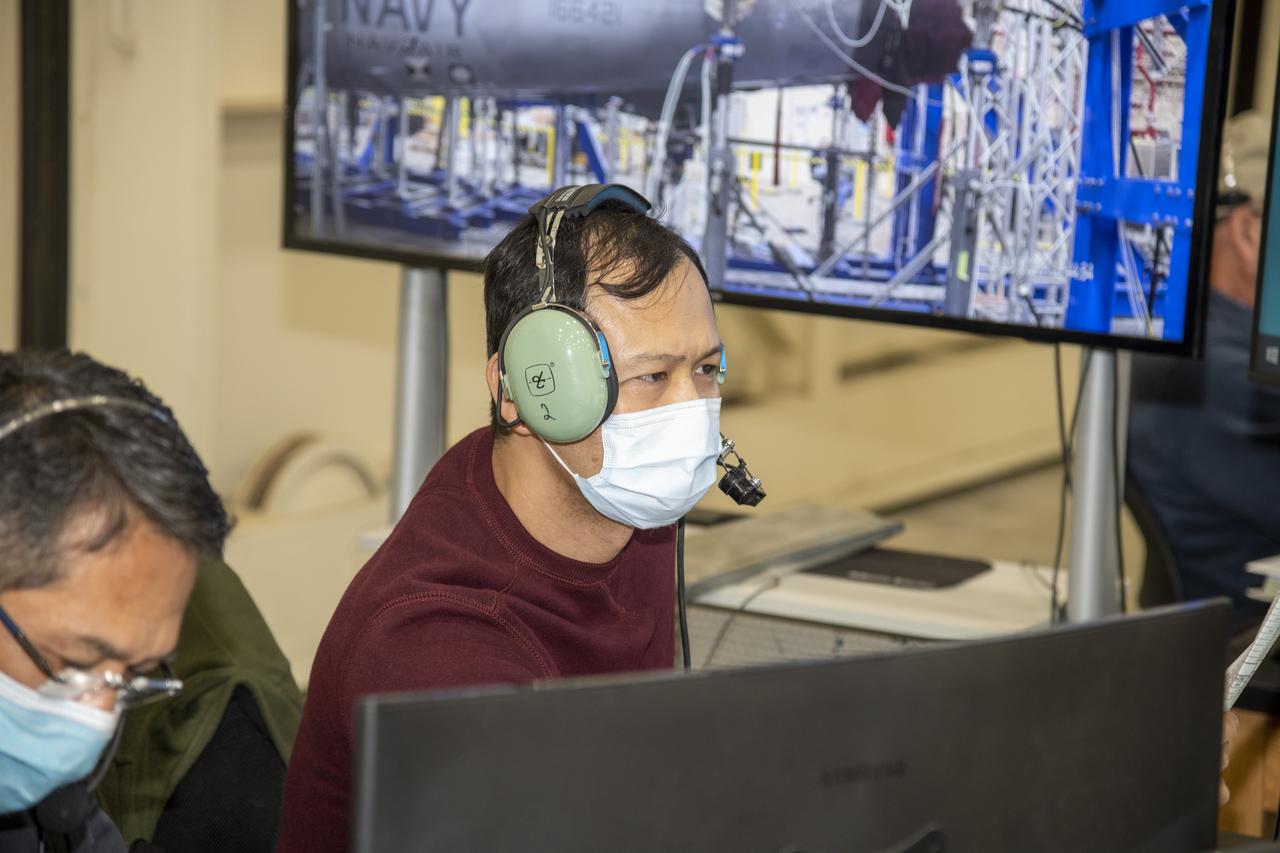
“The load cases for this test were designed to reach a maximum of approximately 60% of the airframe allowable limit load,” she explained. “There are 11 horizontal tail load cases, 62 wing load cases, and 14 vertical tail load cases resulting in a total of 87 test cases.”
As each phase is completed, equations are formulated from the test results.
“Equations are used to evaluate real time loads during test flights and simulations,” she explained. “Those real time loads consist of aerodynamic and inertia loads, or forces that the aircraft structure experiences during flight.”
The laboratory is not unfamiliar with load calibration programs and brings that experience to this work. For example, there was an important lesson learned from the F/A-18 Active Aeroelastic Wing Loads Calibration Test in 2001 that involved reduction in the test load limit.
“The biggest lesson learned was the fact that you do not have to load test an aircraft wing beyond 60% of the design limit load to obtain accurate loads equations,” Hudson explained. “Being able to test to a lower load limit reduces the risk of damaging the aircraft during testing.”
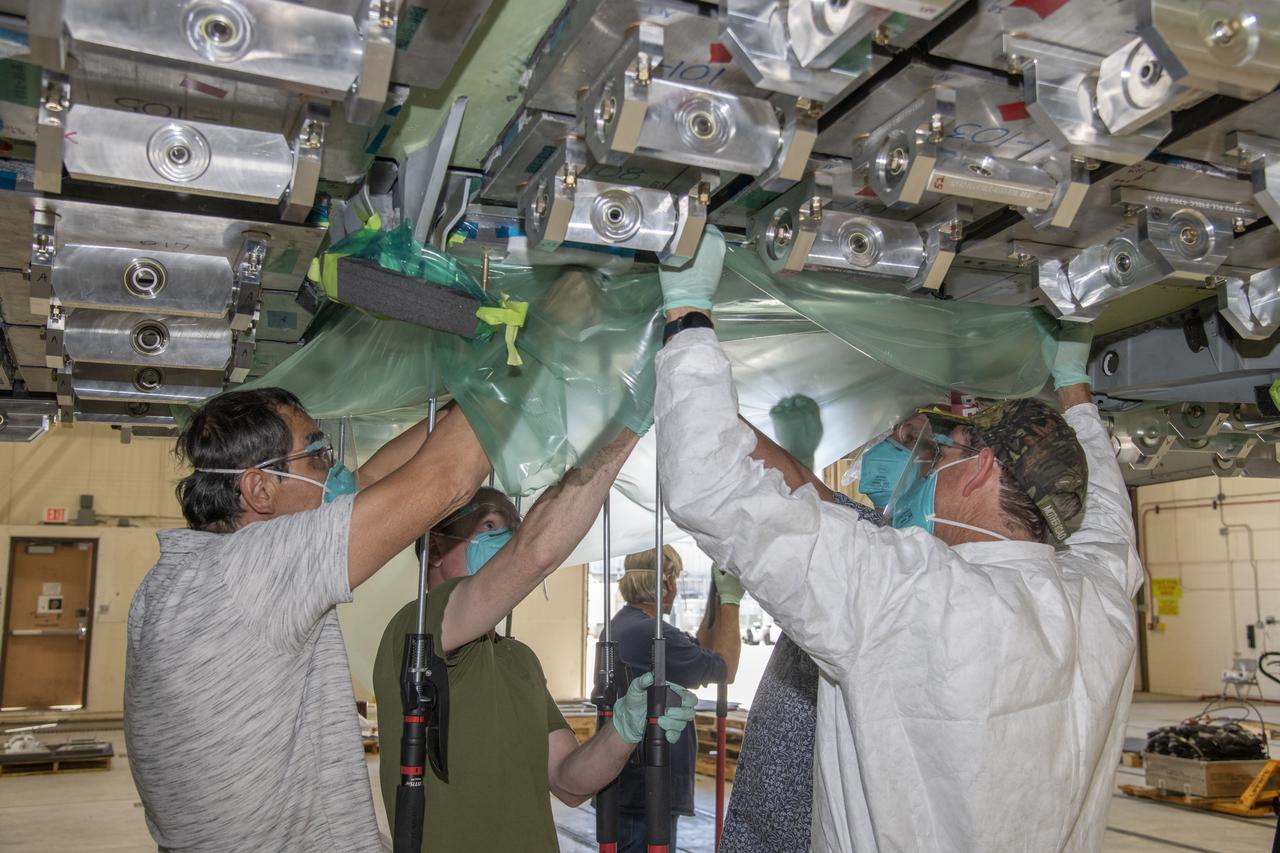
One of the biggest challenges early on for this project was bonding the 180 load pads to the wings and vertical tails. It provided an opportunity for NASA Armstrong staff to innovate, as they frequently do during a project.
“We had to develop a well thought out vacuum bonding process for both horizontal and vertical surfaces, which required doing it right the first time,” he added.
NAVAIR’s F/A-18E arrived at NASA Armstrong in October 2020. The aircraft was configured for test by removing parts not needed for the calibration and installing test-specific hardware where necessary, Tucker said.
Aircraft wing and tail pad bonding surfaces were prepared by removing the radar absorbent material and paint coatings and applying a fresh layer of primer to promote load-pad adhesion.
NASA Armstrong completed set up of all the load pads and bonding and assembled test structures called whiffle trees needed to distribute prescribed hydraulic actuator loads. Before the F/A-18E was brought into the laboratory and attached to the floor tracks with restraining hardware, center staff also worked on load pad bonding onto the aircraft.
In addition, work was completed on the design, analysis, and fabrication of many hardware pieces for the test setup. The hardware pieces included fixtures for the wing test, horizontal spindle test, and vertical tail test, as well as aircraft restraining hardware, and hundreds of components for the load trains, or the columns of hardware through which load travels, and whiffle trees.
The overall effort is expected to be complete by summer 2022, when test-specific hardware will be removed, and the aircraft will be configured for flight and returned to NAVAIR. When it returns, the work NASA Armstrong staff assisted with will enhance safety for the F/A-18E fleet by understanding the implications of proposed upgrades and in flight maneuvers.

























